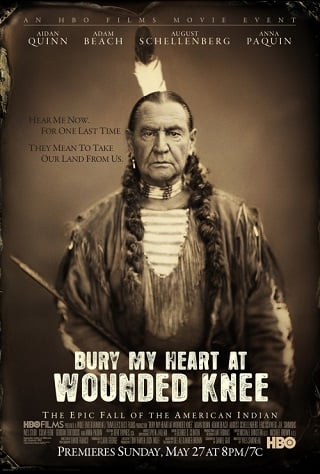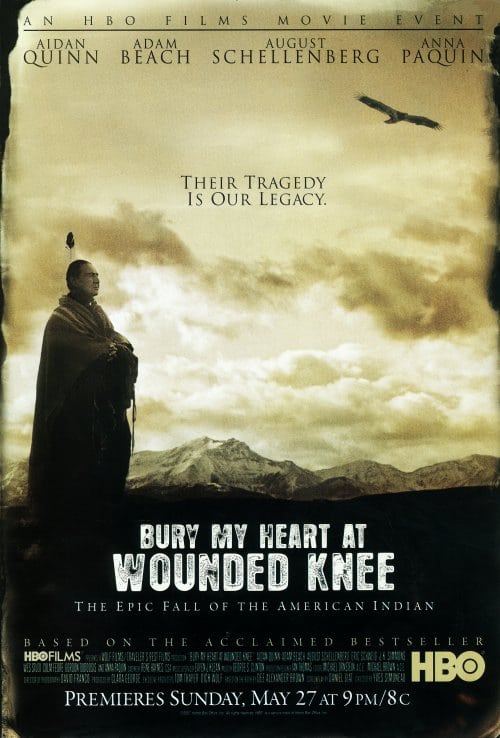
Finally, it’s worth comparing Bury My Heart At Wounded Knee to other works of social history from the 1970s and ‘80s. Scott Momaday’s House Made of Dawn (1969), which won the Pulitzer Prize for Fiction, Leslie Marmon Silko’s novel Ceremony (1977), and the works of the Kiallam poet Duane Niatum. Brown’s book was published at the time of the Native American Renaissance, a literary period during which Native American authors published many notable works that were acclaimed nationally and internationally. Like Brown, Jackson paints a scathing picture of the United States’ relationship with the Native American population. Another important influence on Dee Brown’s book is Helen Hunt Jackson’s 1881 muckraking classic, A Century of Dishonor. In general, one could argue, Benet’s poem is an optimistic and even naïve ode to the grandeur of American culture, ignoring the genocide and racism that underlay much of modern American history, which seems to be the opposite of Dee Brown’s project. The most important literary text alluded to in Bury My Heart at Wounded Knee is Stephen Vincent Benet’s 1930 poem “American Names.” This poem concludes with the famous line, “Bury my heart at Wounded Knee.” However, most critics doubt that Benet was alluding to the Wounded Knee Massacre. government’s expansion provoked a strong backlash from the Native American population, the major episodes of which Brown describes in his book. In order to pursue this project, the government sent in the military to evict Native Americans from their own land, and also propagated the ideology of Manifest Destiny, the notion that American citizens have the right or duty to colonize America “from sea to shining sea.” The U.S. In large part, the goal of this project was to allow settlers in the eastern United States to colonize the country and harvest its natural resources, including metal, grain, and buffalo. Other notable historical events covered in Brown’s book include the government’s expansion of the railroad system.


government escalated its military aggression against the Native American population, and the symbolic ending of the Native American resistance to white American imperialism. These three events tower over Brown’s book, representing, respectively, the beginning of the European colonization of America, the point at which the U.S. There are too many historical events in Bury My Heart At Wounded Knee to name, but some important milestones include Christopher Columbus’s voyage to the Americans in 1492, the end of the Civil War in 1865, and the Wounded Knee Massacre of 1890.


 0 kommentar(er)
0 kommentar(er)
